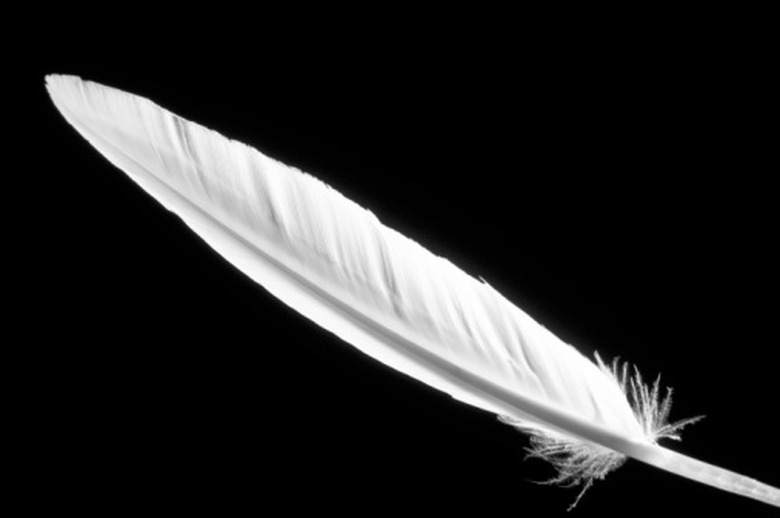How To Calibrate Analytical Balance
Analytical balances are very sensitive pieces of equipment, and can measure mass down to only 0.00001 gram. An analyst may require this sort of specificity with the substance she is weighing, so accuracy is important. A calibration procedure assures the analyst that the balance is working correctly, but the calibration is only as good as the analyst's calibration technique.
Step 1
Ensure that you do not have to follow a particular procedure to calibrate the balance. In some laboratories, such as pharmaceutical labs, a balance will have its own specific calibration procedure and you need to follow this to abide by the necessary regulatory quality standards.
Step 2
Check the expiry date on the calibration sticker on the analytical balance if there is one. If the balance calibration is out-of-date and requires a more thorough calibration than you can perform yourself, then the balance is not fit for use and whatever procedure you are measuring substances for may not be accurate.
Step 3
Inspect the balance for a sticker, or refer to the balance documentation that states how often the balance needs to be calibrated. Some analytical balances have internal automatic calibration and only require you to calibrate them intermittently.
Step 4
Center the bubble on the spirit level of the balance. The balance will have adjustable feet which you can turn individually to raise or lower a side. The device has to be even to be accurate.
Step 5
Ask other analysts that they have turned off the balance in the previous hour and check that nobody has moved the balance. Both of these issues can affect the accuracy of the equipment. Wait at least an hour after the balance is turned back on before attempting to calibrate it. If someone moved the balance, you may need to perform a more thorough calibration or call an expert to recalibrate it.
Step 6
Open the door to the balance if it has one. Clean off any dust or particles on the balance which may interfere with the measurement process. Use a dry cloth or a soft brush for this.
Step 7
Close the door and tare the balance by pressing the "Tare" button. Allow the reading to settle for a few seconds to ensure the balance reads zero.
Step 8
Choose one or more weights to calibrate the balance with. These weights should be standardized to an exact weight. Institutes such as the National Institute of Standards and Technology have standards of accuracy which commercial manufacturers of weights can follow. One weight may be sufficient to satisfy your lab's standards, and you can use a weight that is approximately the same as the desired substance weight. Alternatively, if you plan to weigh a variety of items across a wide range, then you can use two or three weights that span the balance capability to ensure accuracy across the range.
Step 9
Open the door, pick up a weight using tweezers or gloves — oils and moisture on your hands can alter the weights; place the weight on the center of the balance gently, close the door and allow the balance a few seconds to settle. Record the result and remove the weight.
Step 10
Refer to the manual or to the calibration procedure, to ensure the weights are within acceptable tolerance levels. Then you can use the balance for tests.
Things Needed
- Standard weight
- Tweezers
- Cleaning brush or wipe
- Manual
Cite This Article
MLA
O'Keeffe, Jillian. "How To Calibrate Analytical Balance" sciencing.com, https://www.sciencing.com/calibrate-analytical-balance-8558102/. 24 April 2017.
APA
O'Keeffe, Jillian. (2017, April 24). How To Calibrate Analytical Balance. sciencing.com. Retrieved from https://www.sciencing.com/calibrate-analytical-balance-8558102/
Chicago
O'Keeffe, Jillian. How To Calibrate Analytical Balance last modified March 24, 2022. https://www.sciencing.com/calibrate-analytical-balance-8558102/
